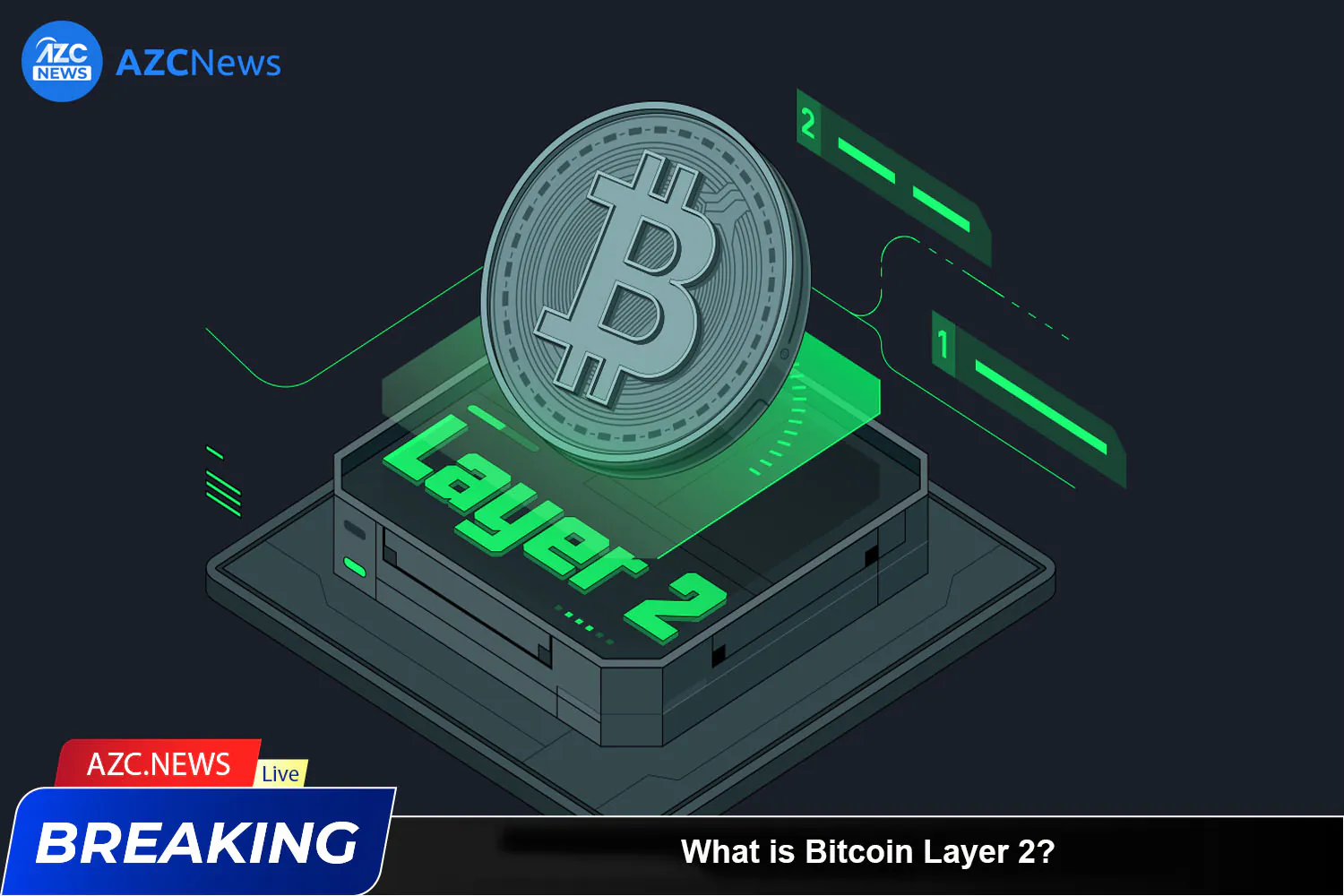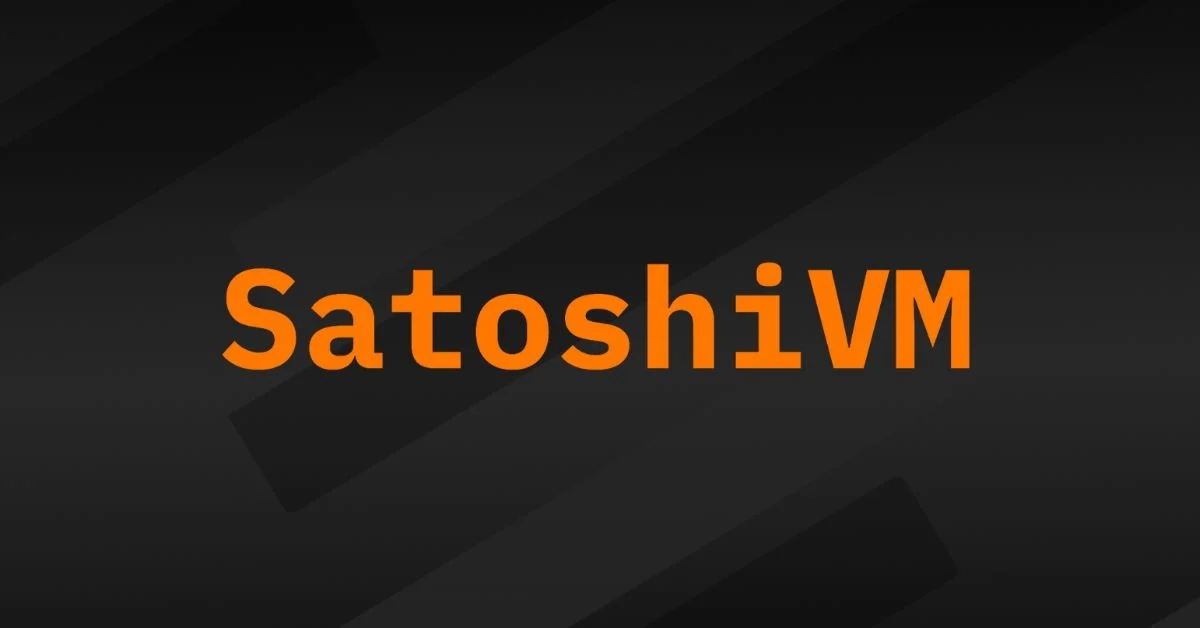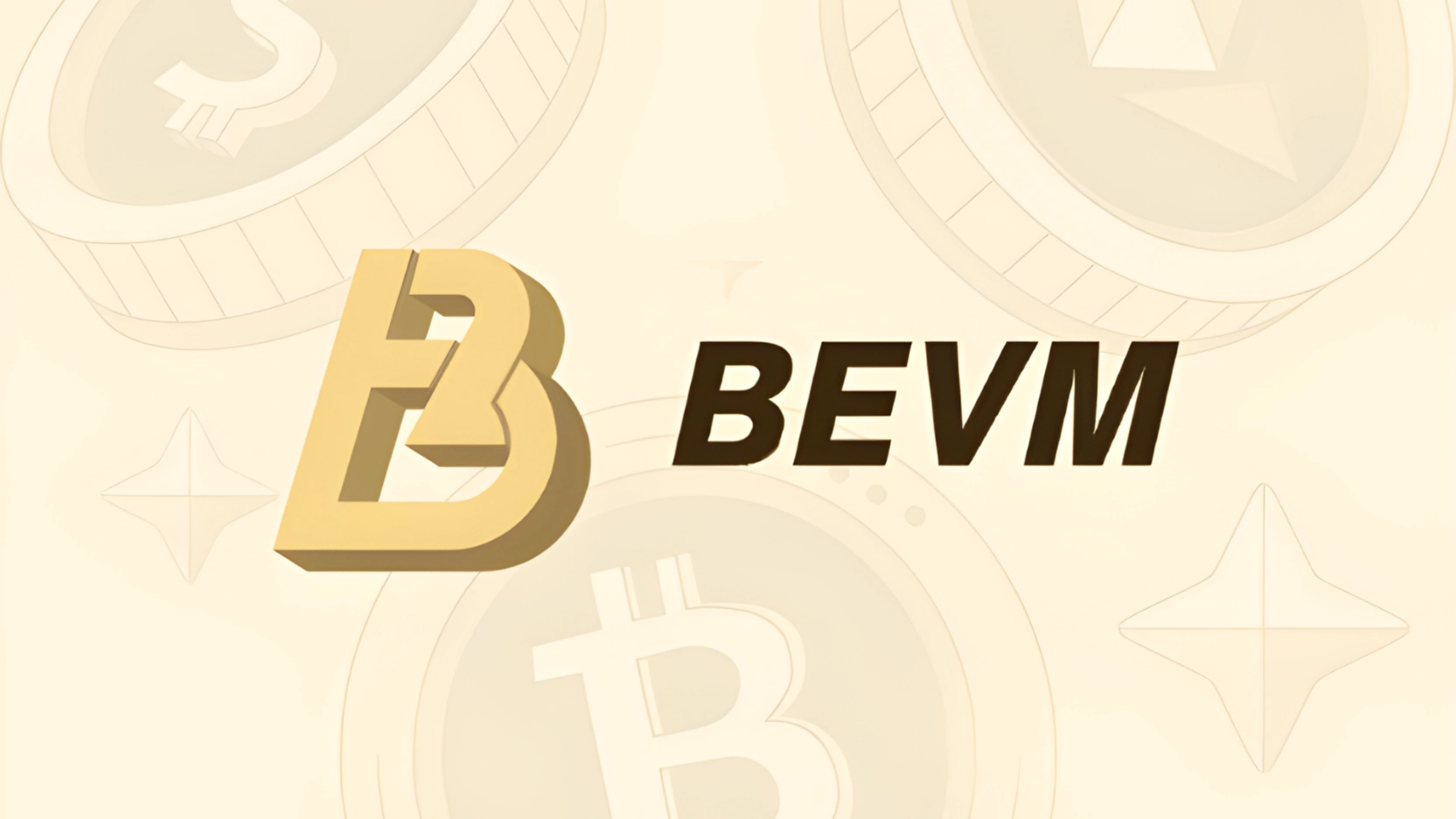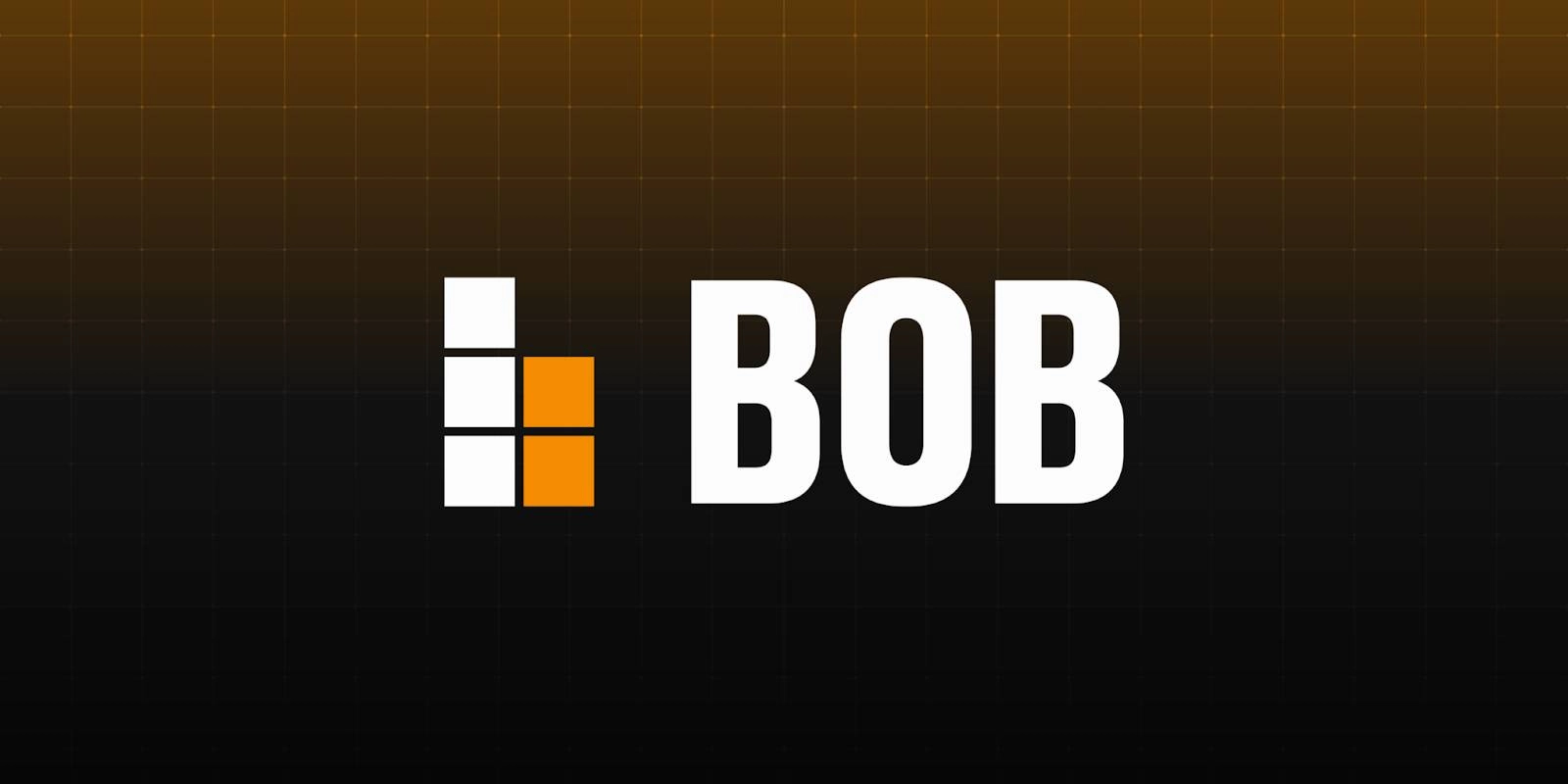The Bitcoin network is thriving, but it still faces several drawbacks such as transaction speed, gas fees, and congestion. Hence, Bitcoin Layer 2 solutions have emerged. So, what is Bitcoin Layer 2? What are the top 5 most promising Bitcoin L2 projects? Let’s explore with AZC.News!
What is Bitcoin Layer 2?
Bitcoin Layer 2 refers to networks built on top of the Bitcoin blockchain to enhance scalability, improve transaction speed, and reduce blockchain fees. Similar to Layer 2 solutions on Ethereum, these networks also enable Bitcoin to interact with smart contracts.

Historically, the number of Bitcoin Layer 2 solutions was limited, but recently, activities like BRC-20 and Ordinals have increased the transaction speed and fees on the Bitcoin network. In 2023, the number of Layer 2 blockchains on Bitcoin has significantly increased to over 25 projects, compared to 38 Layer 2 projects on Ethereum.
Related: What is BRC-20? Understanding the Token Standard on Bitcoin
Why is Bitcoin Layer 2 Necessary?
Bitcoin is renowned for its high security and decentralization in the cryptocurrency market. However, the Bitcoin network primarily handles value transfers and lacks other functionalities, which squanders its potential for decentralization and security.
Moreover, Bitcoin faces limitations such as slow speed, high transaction fees, low throughput, and the inability to integrate smart contracts. These issues prevent dApps, NFTs, and DeFi activities from operating on the Bitcoin blockchain.
Thus, building Layer 2 solutions on the Bitcoin network is essential. They not only increase transaction speed and reduce fees but also expand Bitcoin’s application potential in the crypto market, preventing it from becoming “obsolete.”
Highlights of Bitcoin Layer 2
Bitcoin Layer 2 solutions address one of Bitcoin’s biggest challenges: scalability. The Bitcoin network can handle only about seven transactions per second, and completing a batch of transactions can take up to ten minutes. This leads to congestion and higher transaction fees.
Bitcoin Layer 2 solutions tackle this issue by processing transactions off-chain, reducing the load on Layer 1, and enhancing scalability without compromising security and decentralization. Additionally, they expand Bitcoin’s usability with features like smart contracts, DeFi, and NFTs, offering a richer experience for Bitcoin users.
Types of Bitcoin Layer 2 Solutions
There are currently three types of Layer 2 solutions for Bitcoin:
State Channels:
- These avoid high transaction fees by creating encrypted ‘channels’ for sending and receiving payments, recording transactions, and only updating balances when the channel is closed.
Blockchain Rollups:
- These aggregate multiple transactions into a single data set before sending it back to Layer 1.
- There are two main types:
- Validity Rollup (Zk Rollup): Increases speed by up to 100 times and enables smart contract deployment without network overload.
- Sovereign Rollup: Uses Bitcoin’s infrastructure for transaction validation.
Sidechains:
- These are independent blockchains connected to Layer 1 via a two-way bridge, allowing asset transfers between chains and supporting other Layer 2 solutions.
Challenges of Bitcoin Layer 2
Developing and popularizing Bitcoin Layer 2 solutions face several challenges:
- They require higher technical knowledge, reducing accessibility for new users.
- There are security risks in payment channels if not monitored regularly.
- They may create centralization points, leading to bottlenecks and increased security risks.
- Updates to Bitcoin Core can affect the operation of Layer 2 solutions, requiring flexibility and adaptability.
Top 5 Notable Bitcoin Layer 2 Projects
Merlin Chain (MERL)
Merlin Chain is a standout Layer 2 blockchain with low transaction fees and high scalability, compatible with Bitcoin and utilizing ZK-Rollups. This allows Bitcoin to scale easily and creates a flexible, cost-effective trading environment.
Developed by BitmapTech, known for its successful BRC-420 protocol and decentralized metaverse project Bitmap.game.
Merlin Chain has successfully raised funds from 24 investors, including OKX Ventures, Kucoin Ventures, and ArkStream Capital, though the specific amount is undisclosed.
SatoshiVM (SAVM)
SatoshiVM is a Bitcoin Layer 2 solution using BTC for gas fees and integrating zkRollup technology, which increases transaction speed and reduces network costs. It is EVM-compatible, enabling asset issuance and application development similar to Ethereum.
The project had a turbulent start. On January 19, SatoshiVM partnered with Ape Terminal to launch the SAVM token. However, on January 25, self-proclaimed advisor MacnBTC accused Ape Terminal of fraud, claiming they took a 25% IDO fee and selected only 10 of their own wallets out of 200,000 registered for the IDO.
Babylon
Babylon is a blockchain project within the Cosmos Zone ecosystem, focusing on using Bitcoin in a secure and decentralized manner. It allows users to stake Bitcoin into other Proof of Stake (PoS) blockchains without using bridges, custodians, or wrapped tokens.
The project has raised over $96 million from prominent names such as Binance Labs, Polychain Capital, Hack VC, and OKX.
BEVM
BEVM is a Bitcoin Layer 2 network developed using Polkadot’s Substrate technology. It stands out with EVM compatibility, using BTC as gas fees. This enables all DApps within the Ethereum ecosystem to operate on Bitcoin Layer 2.
BEVM has completed a seed round with participation from investment funds like ArkStream Capital and MH Ventures. The specific amount raised is undisclosed, but the project’s valuation has reached $200 million.
BOB
BOB is a Bitcoin Layer 2 project that has garnered significant attention after raising $10 million in a seed round, led by Castle Island Ventures with participation from Mechanism Ventures, Bankless Ventures, CMS Ventures, UTXO Management, and angel investors like Dan Held and Domo, the creator of the BRC-20 token standard.
BOB stands for “Build on Bitcoin.” Its goal is to implement the first EVM-compatible Layer 2 solution on the Bitcoin network. Although integrating Ethereum smart contracts into Bitcoin is complex due to concerns about network overload, the BitVM proposal has strongly promoted this development. BitVM suggests offchain computations verified onchain, similar to the optimistic rollup mechanism on Ethereum. This prevents network congestion and does not affect other users.
BOB has successfully raised $10 million in a seed round from CMS Holdings, Mechanism Capital, and a recent undisclosed amount from Coinbase Ventures.
Conclusion
The potential of Layer 2 projects lies not only in enhancing scalability but also in promoting the widespread adoption of Bitcoin in the crypto ecosystem. As Bitcoin continues to evolve, Layer 2 solutions will increasingly play a crucial role in shaping the future of BTC.
Through the article “What is Bitcoin Layer 2? The Top 5 Most Notable Bitcoin L2 Projects Right Now,” AZC.News has introduced readers to Bitcoin Layer 2. If you have any questions, please leave a comment below, and we will address your inquiries promptly!














Stacks #STX ?
如何参与比特币第二层公链